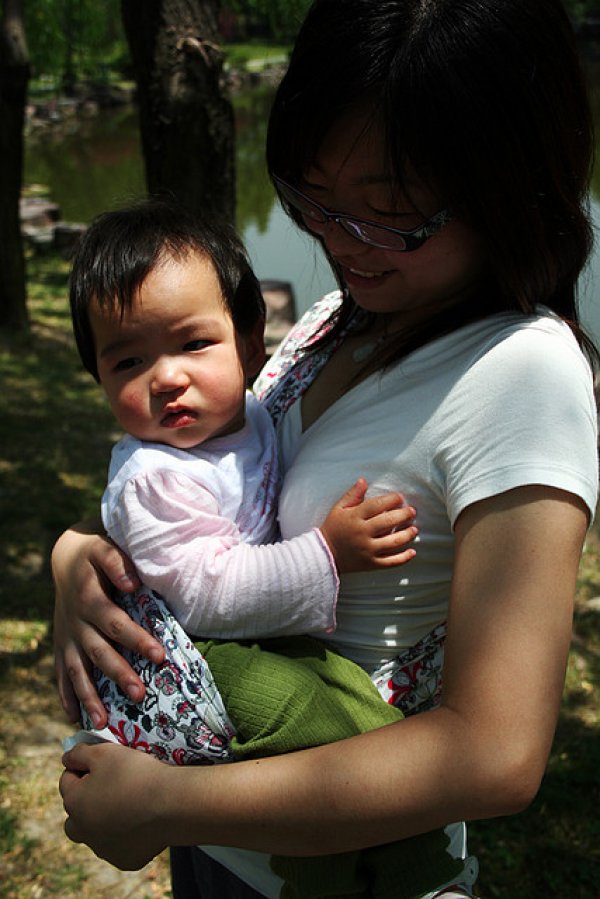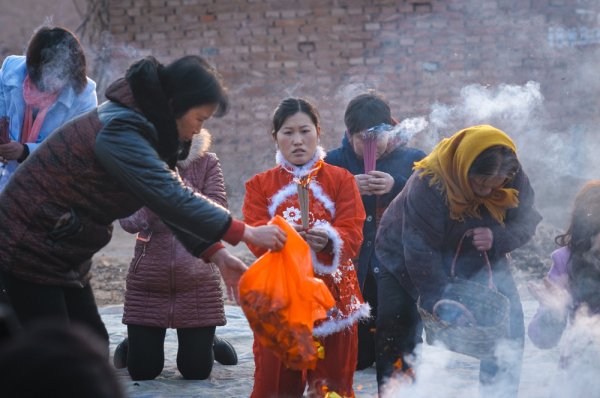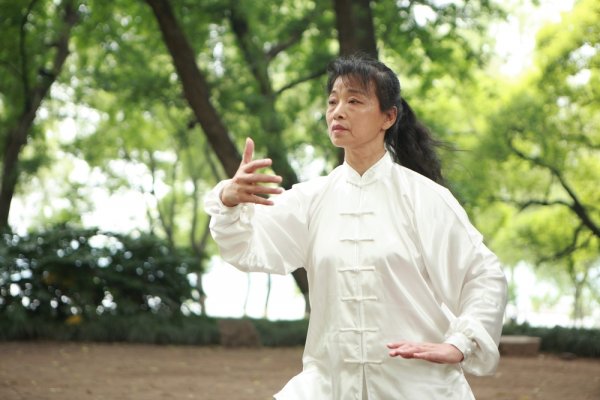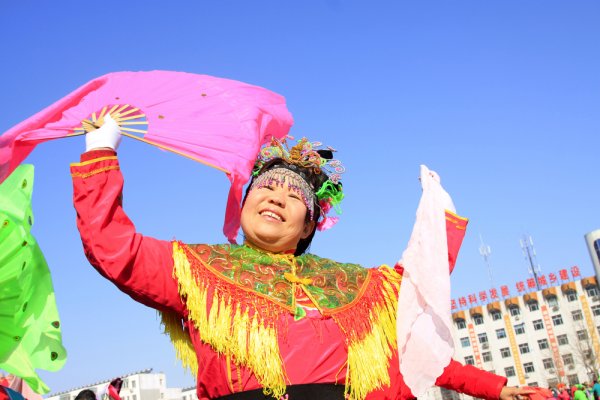Culture and Society: Women in Culture
General
The Chinese government gives high priority to gender equality and the empowerment of women. Since the late 20th century, there have been many government initiatives, including the Program for the Development of Chinese Women 2001-2010, which identifies six areas for development towards gender equality: women and the economy, women and education, women’s participation in decision-making and management, women and health, women and the environment, and women and law.
Higher educational standards, decreasing gender discrimination in employment, and changes in attitudes towards Westernization have allowed Chinese women to move out of their traditional roles as homemakers and into decision-making roles both in and outside the home. Today, there are many women professionals in the fields of medicine, law, sports, business, education, sciences, arts, and the government. Women also have equal rights regarding inheritance, owning and managing property, marriage, and divorce.
Women participate in politics, although there is room for improvement. Women hold about a quarter of the seats in the lower house of Parliament. They are also well represented at the local level, as mayors or vice-mayors. There are also a good portion of women among lawyers and judges.
Women are estimated to represent around a quarter of the total entrepreneurs in China. Greater urbanization and restructuring of the economy is also enabling more women to take up self-employment. However, there are still many women who have yet to enjoy the fruits of the new laws that protect their rights. Such women are more in the rural areas and in the lower socio-economic strata of society.
There are 55 recognized minority groups in China, and the situation of women in these groups is often worse than for other women. Tibetans and Uighurs of Xingjian in particular face discrimination in terms of education and employment.
There are no dress code restrictions for Chinese women, who are increasingly adopting the Western style of dress. Pantsuits and dresses are worn at work.
Legal Rights
The Chinese Constitution gives everyone equal rights to vote, to run for office, to own property, to inherit, and to own or manage businesses.
Chinese women’s reproductive rights are limited by China’s stringent one-child rules, which were enacted in 1979 to combat overpopulation. The government makes some exceptions to the one-child policy, particularly in rural areas. Abortion is legal and available on request.
Women can initiate divorces and they have equal rights to custody of children. Custody is decided either by negotiation or by court order.
Education
Women are entitled by several laws to receive education equally with men. China has both co-educational and single-gender schools. One hundred percent of girls are enrolled in primary school. The female literacy rate is 99 percent. The proportion of female students in technical, vocational, and higher education is also on the rise.
Better educational standards have enabled more women to seek employment on a par with men, and women now make up 68 percent of the total workforce. Benefits like maternity leaves, vocational retraining, and equal pay for equal work are some encouraging signs for working women.
Dating, Marriage, and Family
The Marriage Law, which was amended in 1980, stipulates monogamy, free choice of partners, and equal rights to men and women in marriage. Arranged marriages are still common, although most women choose their life partners.
Dating is practiced more in urban areas, and young people have many opportunities to meet in educational and social settings and through online dating.
The legal marriageable age is 20 years for women and twenty-two years for men. Women generally retain their own surname after marriage.
A law that came into effect in 1995 prohibits people with AIDS or other sexually transmitted diseases from marrying. This also includes people with serious hereditary diseases, except if they are sterilized or users of long-term contraception.
The Marriage Law provides freedom for both husband and wife to own assets independently in a marriage. It also has provisions for protecting the interests of divorced women and children from divorced marriages. Divorce cannot be filed if the wife is pregnant or nursing a young child. Divorce can be granted to either parent, and children have the right to choose the parent with whom they want to live.
Because the overwhelming majority of children adopted from China are girls, foreigners may have the impression that the Chinese people see girls as grossly inferior. Indeed, it was once critical for a woman to give birth to a male heir to carry on the family name. Because a daughter would become part of her husband’s family when she married, parents depended on having sons to care for them in their old age. This centuries-old preference for sons, although deeply ingrained, is slowly disintegrating under the realities of China’s one-child-per-family policy. Countless families not only accept the daughters who are born to them, but cherish them and provide them with every opportunity. In turn, most of the daughters will break with the old ways by stepping up to care for their parents in their old age.
Health
Chinese women have access to health care, including reproductive care. Various laws address women’s healthcare issues, including the Law on Maternal and Infant Health Care and the Population and Family Planning Law. Ninety-two percent of pregnant women received prenatal care, and over 96 percent of them gave birth in hospitals. The maternal mortality rate is 18 deaths per 100,000 live births. The average life span of women is also greater than men at 79 years.
Working women are entitled to maternity leave ranging between two months and one year. They are also required to undergo systematic vaginal examinations and urinalysis every year. Health workers are responsible for the health of working women.
Pregnant women are not allowed to work in fields after the 28th week of pregnancy. Periodic checkups and reduced working hours are offered to pregnant women working in factories. They can also take feeding breaks. There are day-care facilities in workplaces.
The 22-day birth control pill is offered freely or at a very low price to rural laborers and factory workers. The contraceptive use rate is the highest in the world at over 85 percent. Modern contraceptive methods are widely available.
Statistical sources include:
Inter-Parliamentary Union, Women in National Parliaments
United Nations Children's Fund (UNICEF)
World Bank, Databank
Copyright © 1993—2025 World Trade Press. All rights reserved.

 China
China 







